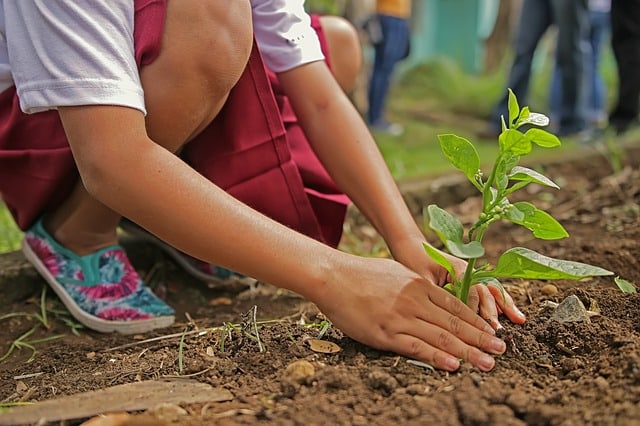
Deforestation is the indiscriminate cutting of trees by humans to clear large forest areas and woodlands for numerous activities. These include agriculture expansion, building urban infrastructure, harvesting high-quality timber products, mining, livestock grazing, and cattle ranches. Unfortunately, the rampant cutting down of trees in almost every country in the world is threatening Earth’s fragile ecosystem and biodiversity. In some instances, uncontrollable forest fires and the spread of parasite-causing diseases in nature even lead to large-scale deforestation. There is a possibility that the survival of the human race and other wildlife species on the planet might be in danger.
What is the definition of reforestation in the world?
The unreplaceable loss of numerous trees and other forms of vegetation resulting from deforestation is having severe environmental consequences. Almost every continent around the world is experiencing the adverse effects of large-scale felling of trees. These include unpredictable climate change, soil erosion, desertification, flooding, drought, loss of wildlife habitat, and increase in greenhouse gas emissions. If this trend continues, the Earth might one day become uninhabitable for the coming generations. This is a frightening scenario that most people living on the planet never want their children or grandchildren to experience. This is why they need to take urgent steps to reverse the negative effects of large-scale deforestation.
For people to preserve the Earth’s unique ecosystem for future generations to come, they need to drastically reduce their carbon print. This involves making a conscious effort to change their blatant consumerist attitude and have a thorough understanding of what is the definition of reforestation?
Reforestation refers to the process of re-planting fresh tree seedlings and saplings in areas that were previously forest areas and woodlands. It involves replacing the trees they have cut down with fresh tree seedlings and saplings to:
- Resort the forest areas after the harvesting of high-quality merchantable timber,
- Refresh aging forest areas,
- Regenerate forests, and woodlands lost as a consequence of natural calamities,
- Maintain the Earth’s delicate ecosystem and biodiversity,
- Provide a natural habitat for various rare plants and wildlife species, and
- Preserve the livelihood of indigenous inhabitants.
How can people resort to deforestation at the local community level?
People need to realize that forest areas and woodlands are the Earth’s leafy lungs. Trees by nature breathe in an opposite manner to humans by inhaling carbon dioxide and exhaling oxygen. They can take small steps within their local communities to reverse the adverse effects of deforestation by:
- Supporting ethically-minded corporate enterprises who take the initiative to plant new saplings,
- Donating fresh tree seedlings and saplings to reliable charities who execute reforestation projects,
- Lobbying their local government to insist wood-consuming industries to re-plant new saplings, and
- Going outdoors to dig a large hole in their gardens and plant a fresh sapling.
Knowing what is the definition of reforestation can enable people from diverse backgrounds to do their bit in reducing their carbon footprints. In the process, they are able to breathe clean air, have access to clean drinking water, and reverse the effects of climate change. They can then act as a catalyst in preserving the Earth’s precious ecosystem and unique biodiversity for future generations.